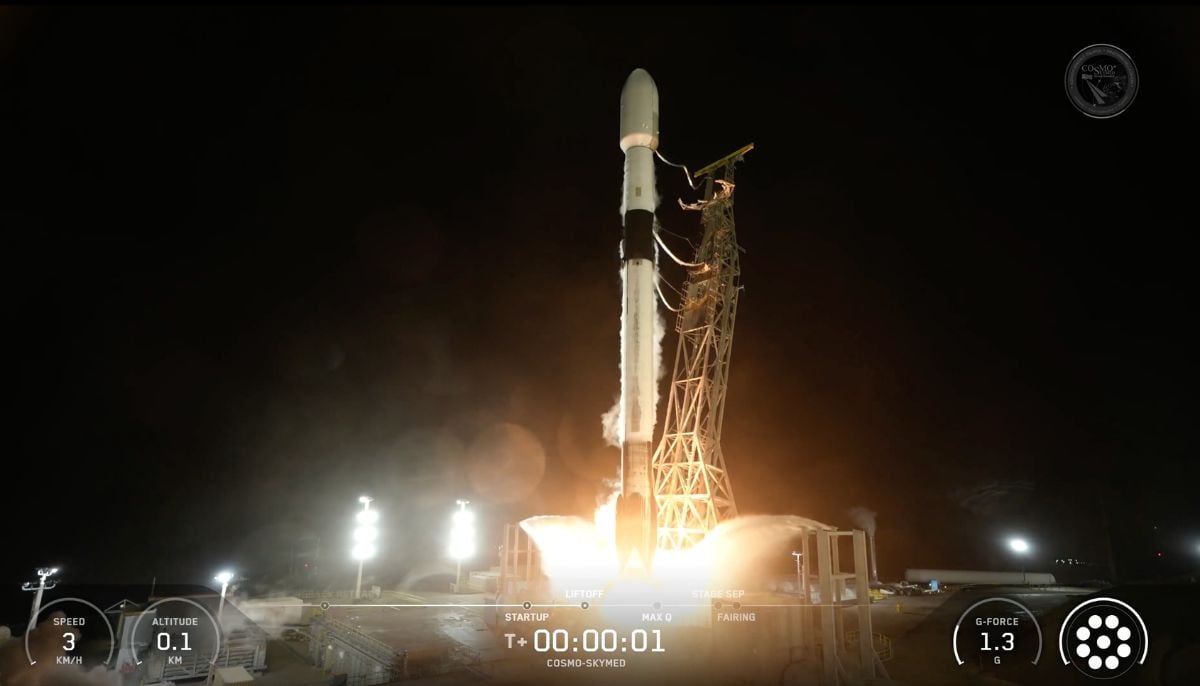AI might make it possible for you to talk to your pet
Being able to understand animal languages could help mankind enormously in figuring out what animals require in order to promote sustainability
Many of us communicate with our pets in human terms making a futile attempt to make them understand what we are saying while also guessing what they are trying to say to us. Although we think it is impossible, it might become a reality in the future thanks to artificial intelligence.
In order to advance and expand humanity's conservation and sustainability efforts, scientists are attempting to decipher animal languages, according to reports from the World Economic Forum.
Over the past few years, AI has undergone many advancements, including the development of AI that can create works of art and AI chatbots that can carry on conversations with users. However, being able to understand animal languages could help mankind enormously in figuring out what animals require in order to promote sustainability.
'Dr Doolittle'
But according to scientists, developing a "Dr Doolittle device" is not the only way to decode the languages that animals use to communicate.
Instead, it is necessary to invent a technique to translate not only our own words and conversations into language that they can understand but also animal languages as a whole.
According to Katie Zacarian, CEO and co-founder of the Earth Species Project (ESP) in California, scientists are poised to use the advancements in AI to assist in decoding animal languages. ESP, which is a nonprofit organisation, is attempting to utilise AI to interpret the signals that animals use to communicate. Zacarian claimed that they are quickly approaching a time when they can readily interact with other species.
Researchers and scientists are working hard to compile information on animal communication. This information covers both the ecoacoustics of entire ecosystems as well as the bioacoustics of specific creatures. ESP intends to use that information to power AI programmes that can translate animal communication and enable closer human-animal interactions.
Over the years, we have discovered more about animals, including the fact that they all laugh. Efforts to understand them, their body language and emotions have not gone in vain. We might be able to learn more about other species if we can establish a reliable means of communication with them.
-
Wildfires are polluting our environment more than we thought: Find out how
-
3I/ATLAS flyby: Why is Jupiter’s 96th Moon drawing intense scientific interest?
-
NASA spacewalk 2026: Medical issue prompts rare talk of early ISS crew return
-
Comet 3I/ATLAS: Scientists examining images they cannot easily explain
-
Wolf Moon 2026: Will the full moon outshine the Quadrantid meteor shower?
-
SpaceX mission 2026: The Italian radar satellite takes its first orbital flight
-
Solar Eclipse 2026: When and where Europe will see total eclipse
-
Nature's secret weapon: What are the tiny crabs eating our plastic waste?












